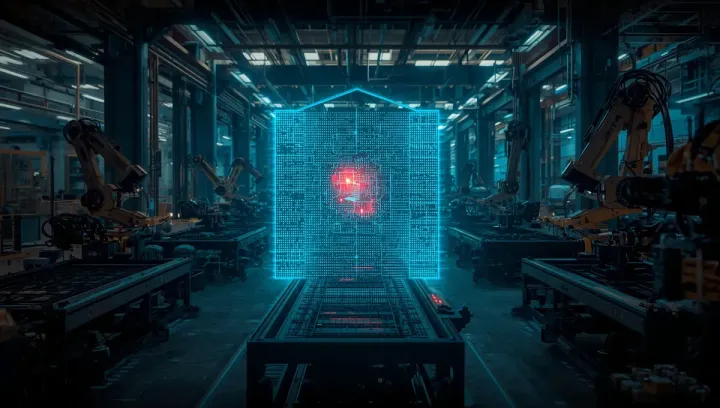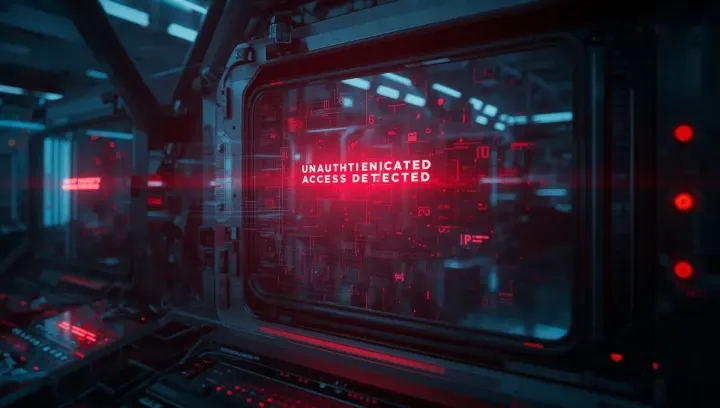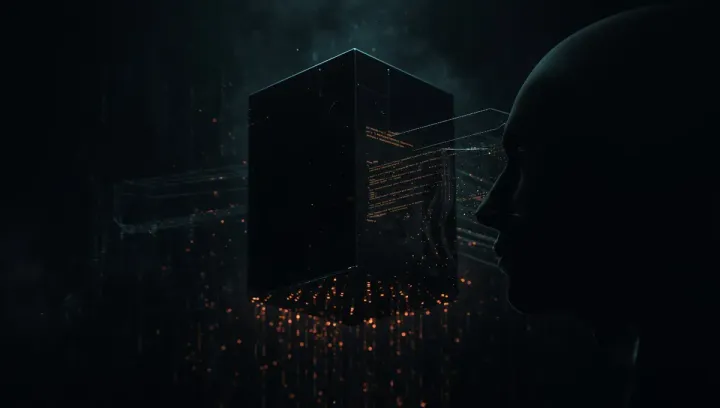
The New Arms Race: We're Building AI to Fight AI
I had to laugh when I read the news this morning. If I didn’t, I probably would’ve had a small existential crisis. The brilliant new strategy in cybersecurity is to “recruit” an army of AI agents to fight the malicious AI that hackers are using.
You read that right. We’re now building robots to fight the other robots. This isn’t a movie plot. It’s the real, accepted game plan for 2025. On one hand, it’s a stroke of genius. On the other, it feels like we’re admitting we’ve completely lost control.
Why We’re Losing the Human-Scale War
Let’s be honest, the old way is broken. A security team pumped full of caffeine can’t keep up anymore. The sheer volume of threats is one thing, but the real problem is the sophistication. Hackers are using AI to launch attacks that are terrifyingly personal and effective.
Imagine an AI that scrapes LinkedIn for your job title, scans your company’s blog to learn the jargon, and analyzes your boss’s public posts to mimic their writing style. It then crafts a spear-phishing email that looks so legitimate, you’d never think twice about clicking the link. That’s what we’re up against. It’s not just automated attacks; it’s personalized, automated attacks at scale. Fighting this manually is like trying to catch rain in a bucket.
Our New Robotic Overlords
So, what does this new AI army look like? These aren’t just fancy antivirus programs. They are autonomous agents with the authority to act on their own. Think of them as digital security guards on autopilot, designed to:
- Detect and Analyze: Spot weird patterns across trillions of data points that a human would never see.
- Quarantine Threats: Automatically isolate that perfectly crafted phishing email before it even hits an inbox.
- Neutralize Attacks: Instantly lock down a compromised account the second it behaves abnormally.
The sales pitch is that they’re here to “augment” human experts, not replace them. The AI does the grunt work, the endless sifting of data, and the instantaneous responses. This frees up the humans to focus on strategy and, I guess, supervise their new robot colleagues.
The Human Cost of an Automated War
But what does this feel like for the people still on the front lines? The human security analysts are now in the unenviable position of managing an AI they don’t fully understand. Their job shifts from hunting threats to babysitting a black box.
They have to trust that the AI’s decisions are correct. But what happens when it makes a mistake? If the AI mistakenly locks out the entire executive team during a critical product launch because it flagged their activity as “anomalous,” who takes the blame? The human operator. This creates a new kind of pressure, a reliance on a tool that is both essential and opaque. It’s a stressful, precarious position to be in.
A Creepy Future We Have to Accept
So, part of me is genuinely impressed by the technical brilliance here. It’s incredible engineering. But I can’t shake the feeling that this is also just… really creepy.
We’re creating a high-speed, invisible war that will run in the background of our lives. We’re putting a huge amount of trust in these AI agents, hoping our “good” AI is always a step ahead of the “bad” AI. We don’t have all the answers, but it almost doesn’t matter. We’re past the point of no return.
This isn’t a choice anymore; it’s a necessity. Welcome to the future, I guess. Hope you enjoy the peace kept by machines fighting machines in a war we can’t even see.


